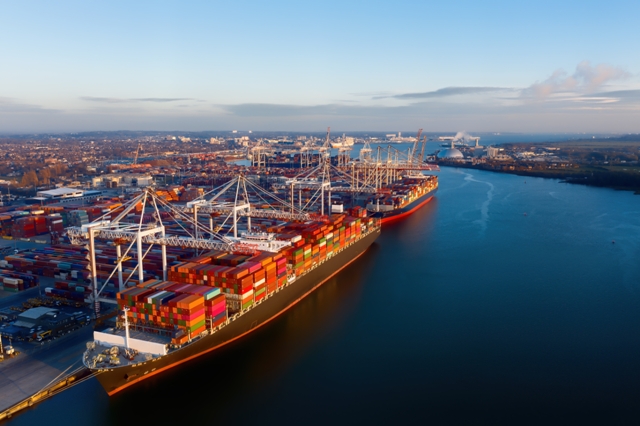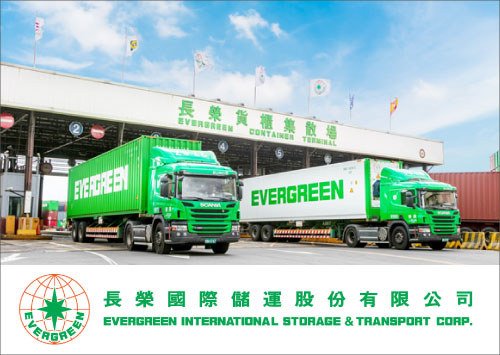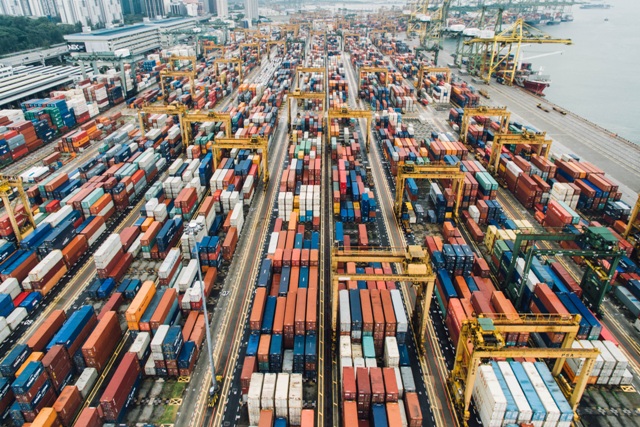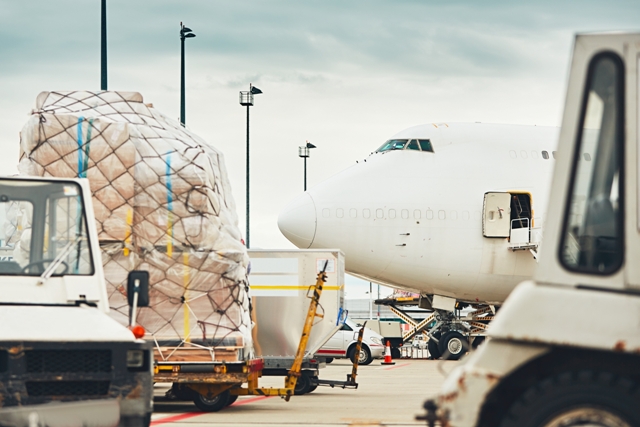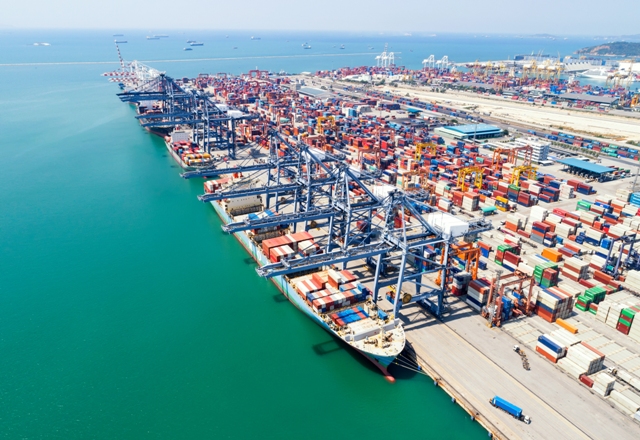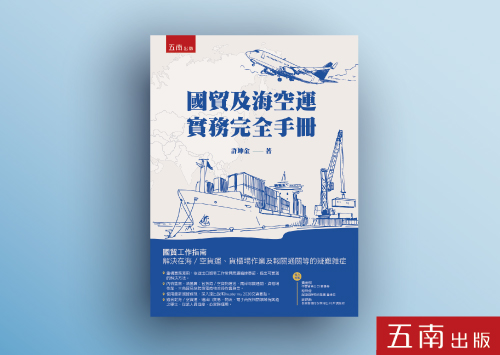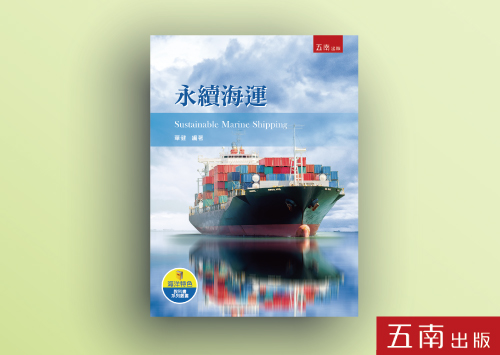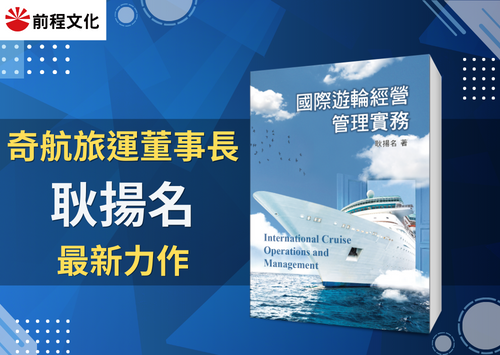Update: The ILWU on Sunday said it would take “limited and targeted job action” on Monday but would not picket at GCT Deltaport or GCT Vanterm. The headline has been updated to reflect the development.
Opposition to automation, an issue of growing concern to longshore unions in North America, appears to be behind a decision by roughly 2,000 port workers to strike the two largest terminals in Vancouver Monday.
International Longshore and Warehouse Union Canada and the British Columbia Maritime Employers Association (BCMEA) have been negotiating for more than a year to replace the contract that expired in March 2018, and on Thursday the union notified BCMEA they will strike Global Container Terminals’ Deltaport and Vanterm terminals. ILWU Canada Locals 500 and 502 will conduct the strike. DP Worlds’ operations at the Centerm and Fraser Surrey Docks terminals in Vancouver and the Port of Prince Rupert, 500 miles to the north, will apparently not be targeted when the picketing commences at the beginning of the first shift Monday.
Jeff Scott, chairman of BCMEA and president and CEO of Fraser Surrey Docks, told JOC.com Friday negotiations will continue without interruption throughout the weekend. “We hope to achieve a fair and equitable agreement,” Scott said. A spokesman for ILWU Canada was not immediately available for comment.
A work stoppage at the two largest container terminals in Vancouver would be devastating for a port whose facilities are already operating at 85 percent utilization. In the terminal operating industry, 80 percent utilization is considered the limit before service begins to decline.
In previous interviews, neither BCMEA nor ILWU Canada would discuss the issues that are presenting the most difficulty in the negotiations. However, in a statement earlier this month, Robert Ashton, president of ILWU Canada, said the loss of jobs to automation was a concern of longshoremen in British Columbia.
Vancouver has experienced long bouts of congestion and excessive container dwell times due to poor vessel on-time performance in the trans-Pacific, intermodal rail service issues on the main lines and at inland rail hubs and harsh winter weather conditions. Those problems occurred in the absence of labor disruptions, so a prolonged work stoppage could be all the more disruptive. Vancouver last year handled 3.4 million laden and empty containers, an increase of 4.4 percent over 2017, according to port numbers.
Opposition to further automation of container operations has been a rallying cry recently for the ILWU on the US West Coast, and the International Longshoremen’s Association on the East Coast. Two fully-automated terminals in Southern California, Long Beach Container Terminal’s Middle Harbor facility and the TraPac terminal in Los Angeles, have been operating for several years now. ILWU Canada is autonomous from the ILWU on the US West Coast, and their contracts are separate. The GCT terminal in New Jersey and two terminals in Virginia have semi-automated operations.
The automation issue burst on the scene again this year when APM Terminals in Los Angeles announced it intended to operate autonomous (driverless) straddle carriers on 100 acres of the 440-acre terminal. The ILWU gave away the right to block automation in its 2008 coastwide contract with the Pacific Maritime Association in return for enhanced retirement benefits of more than $95,000 a year. Therefore, the ILWU is attempting to block the APM Terminals project by calling upon the city of Los Angeles and the harbor commission to deny a low-level construction permit that is needed for development of the Pier 400 site. The harbor commission has yet to approve the construction permit while negotiations continue.
On the East Coast, the ILA has been outspoken in recent years against further spread of semi-automated terminals. In a semi-automated operation, the yard tractors that shuttle containers between the vessel and the stacks are driven by longshoremen. In a fully-automated operation like Middle Harbor and TraPac, horizontal ground transportation is autonomous. Terminals in Los Angeles-Long Beach assign about 10 yard tractors to each of the five or six ship-to-shore cranes that work the vessels.
As for container terminals in Canada, Scott said that continuing to expand the capability of ports to handle increased container volumes is crucial to maintaining the positive economic impact the ports have locally and throughout the country. Government estimates of the impact in the Vancouver area of port activities are $540 million and the support of 34,000 jobs.
Singling out one terminal operator while not interrupting cargo-handling at other terminals is a tactic used in the past by the ILWU in Los Angeles-Long Beach. The “divide and conquer” strategy is intended to cause one employer to cave in, and once that occurs, to attempt to impose the same contract terms on other terminals. Scott would say only that BCMEA does not feel comfortable negotiating contract terms with one member. “We need a uniform collective bargaining agreement for all employers,” he said.
(沛華集團提供)

